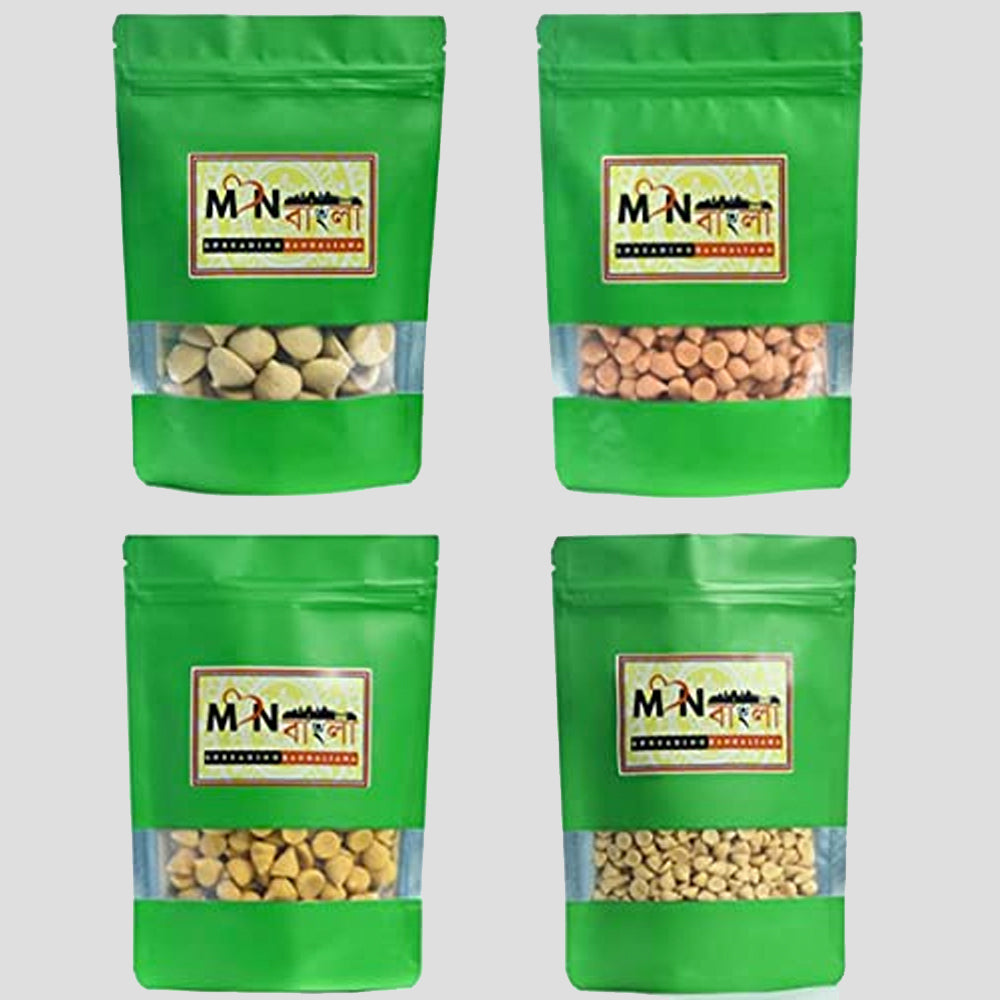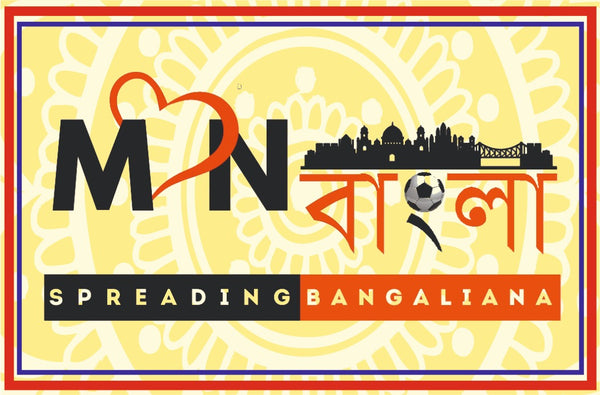The blooming of siuli flowers marks the arrival of the most awaited festival of many Bengalis. The waft smell of siuli flower also known as night flowering jasmine adds a pleasing and calming fragrance to the festive atmosphere. Durga puja is a celebration of the culture, tradition, food, and art of the people of Bengal. The beautifully made clay idols of Durga have different themes each year, showing the talent of local artisans, the rich cultural heritage, and the creativity of Bengali artisans. Bengali traditional food brings together an atmosphere of joy and nostalgia for the people around this time of festivity. Durga puja is not only a spiritual experience for the people of Bengal but also a cultural identity that is reflected in the preparation of authentic Bengali foods.

The Meaning Of Prasad In Durga Puja

Prasad is the offering such as sweets, cooked dishes, fruits, and other eatables that are being offered to goddess Durga. Prasad is the sacred offering that is distributed among the devotees after the rituals, the Prasad connects the devotees with divinity and it fosters a sense of togetherness in the festivals.
The traditional Bengali sweets such as Batasha, nakul dana, moya, and naru reflect different preparation styles with regional variations. The sweets from Nabadweep are famous for their originality in taste and they have a special place in the rituals of ISKCON. Each sweet carries distinct tastes making the offerings diverse and enjoyable.

Exploring Traditional Bengali Prasad Items
Batasha

Batasha is a sweet confectionary traditionally made from sugar or jaggery with different flavors. The confectionery is enjoyed with different age groups for its crunchy sweetness. Batasha symbolizes purity and simplicity which emphasizes the humbleness of offerings in the puja rituals.
Nakul Dana

The nakul dana is a small and flowery-shaped sweet ball made from jaggery or sugar and rice flour giving it a distinct chewy flavor. Nakul dana is offered to goddess Durga and it symbolizes the artistic quality of the Prasad makers.
Moya

Moya is the most loved traditional Bengali sweet food especially available during autumn and winter seasons. Moya is made from puffed rice mixed with jaggery, sugar, and khoya kheer with toppings of kaju and kismis. Sometimes coconut and jaggery syrup are also added for the extra twist that makes moya delightful and exhilarating experiences for the family and friends. Moya symbolizes unity, devotion, and community feeling among the Bengalis.
Naru

Naru is a round-shaped sweet ball made from grated coconut sugar and jaggery. The sweet balls are most popular during laxmi puja celebrations in every Bengali household. Naru represents the diverse recipes from different regions of Bengal that bring joy and pleasure to the family and friends.
The Culture And Culinary Significance Of The Prasad
Prasad plays a vital role during Durga puja in bringing the community closer by sharing goddess Durga's blessings with prasads. People believe the offerings are blessed by the divine energy and its sacred. The culture of sharing is facilitated during the sharing of Prasad within the community. Some of the Prasad such as naru, payesh, moya, etc are prepared in the home and the recipes are passed down to the next generation that preserve the cultural identity. Different prasads have different regional variations in their preparation that are distinct and foster a feeling of belongingness.
Making Traditional Prasad At Home
The making of Prasad at home can be a rewarding and pleasurable experience for someone who is looking for the most authentic Bengali sweets. Here are some popular dishes of Bengali sweets that are mostly prepared at home during festivals.
Naru
Ingredients:
- 2 cups grated fresh coconut sourced from the market
- 1 cup jaggery from MonBangla
- 1/2 cardamom
- A pinch of salt
Instructions:
First, melt the jaggery in a pan with water with medium flame. Now mix the grated coconut with the melted jaggery syrup and stir is continuously until the mixture becomes thick. Now add a pinch of cardamom powder and salt and mix it well. Remove the mixture from the flame, allow it to cool a bit. Now apply ghee on the palm and roll the mixtures into small balls. The yummy naru is ready to serve. Store it in airtight container
Tips for Making Naru
- Freshly sourced coconut must be chosen for making naru
- Good quality jaggery is a must for distinct colours and flavors
- While melting jaggery use a medium flame, the high flame will damage the process
- You Can add sesame seeds for extra nutty flavor
- Apply ghee while giving shape to the naru
- Store in an airtight container for keeping longer time.
Mohanbhog

Mohanbhog is a delightful sweet Bengali dish that is made during festivals in Bengali homes. The dish is simple to make from sooji, coconut, and sugar/jaggery with ghee and milk.
Ingredients:
- 1 cup (sooji)
- 1 cup grated fresh coconut
- 1 cup sugar or MonBangla jaggery
- 1/2 cup MonBangla ghee
- 1 cup milk
- A pinch of cardamom powder
Instructions:
Roast the sooji in a pan with ghee on low to medium heat until it releases flavor. Now add freshly grated coconut to the mixture and roast it for 2-3 minutes. Add milk and sugar/jaggery powder and stir it until the lumps disappear. Cook the mixture until it becomes thick, now add a pinch of cardamom and mix well. Remove from the flame transfer it into a previously greased plate and let it cool. Now cut it into a diamond shape and serve.
Tips:
- Roast the sooji in low heat to avoid burning
- Use fresh coconut for a rich taste
- Mix milk slowly to avoid lumps
- Grease the plate well with ghee to prevent sticking
- You can add toppings such as kaju, kismis, walnut, pista, almond
- Store it in an airtight container
Conclusion
The celebration of the festival of Durga puja is more than spiritual it brings the family, friends, and community together to share the joy and delightful experience of sharing culture and food. Each Bengali sweet dishes have a distinct flavor with a touch of regionalities. The simple Prasad such as batasha and nakuldana symbolise the simplicity and purity of the festival. Making Prasad at home is one of the ways to bring together the family with the food and sharing of traditions, ideas, and culture within the family. Prasad can be modified according to the preferences with a personal touch that can have an exhilarating experience. Let this puja be a time of bringing the family together with homemade Bengali sweets and prasads.



